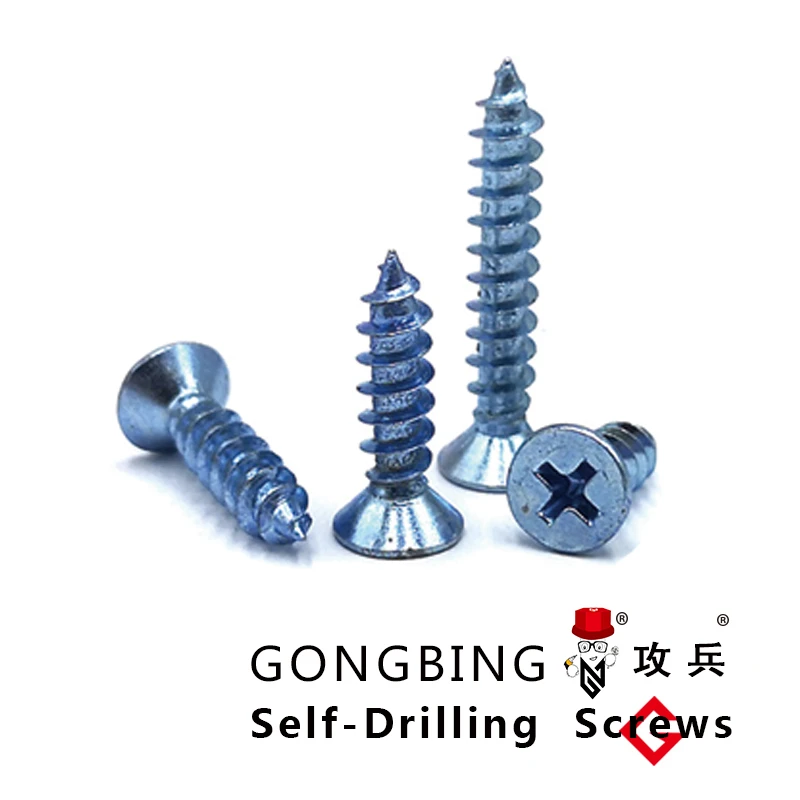High-Performance Bolts for Enhanced Steel Structure Integrity and Durability
High Strength Bolts for Steel Structures
High strength bolts play a critical role in the integrity and performance of steel structures. As the demand for advanced engineering solutions continues to rise, the importance of robust fastening methods, particularly high strength bolting, cannot be overstated. These bolts are designed to offer superior strength, reliability, and durability, making them indispensable in modern construction projects—ranging from bridges and skyscrapers to industrial facilities and wind turbines.
Characteristics of High Strength Bolts
High strength bolts are typically made from alloy steels that have been treated to enhance their mechanical properties. They are characterized by a high yield strength and tensile strength, making them capable of withstanding substantial loads without deforming. Bolts such as ASTM A325 and ASTM A490 are commonly used in structural applications, with A325 typically providing a yield strength of 120 ksi and A490 up to 150 ksi. The higher strength capabilities of these bolts allow engineers to use fewer fasteners, resulting in lighter structures and cost savings in both materials and labor.
Applications in Steel Structures
One of the primary applications of high strength bolts is in the assembly of steel framing in buildings and bridges. In these structures, bolts are employed to connect steel beams, columns, and trusses, ensuring that they can adequately support loads from both static sources—like the weight of the structure itself—and dynamic forces—such as environmental loads (wind, seismic activity, etc.). The use of high strength bolts can enhance a structure's overall performance and longevity, reducing the likelihood of mechanical failure over time.
In addition to buildings and bridges, high strength bolts are essential in other applications such as towers, cranes, and other heavy machinery. These fasteners are designed to withstand significant stress and fatigue, which are common in settings where heavy loads are constantly applied. High strength bolting solutions can also be found in maritime applications, where they are used to secure components of ship structures that are exposed to harsh environmental conditions.
Advantages of High Strength Bolting
high strength bolts for steel structure

The primary advantage of using high strength bolts is the enhanced safety and reliability they provide. Their ability to maintain structural integrity under extreme conditions greatly reduces the risk of failures that could lead to catastrophic events. Furthermore, the higher strength allows for more efficient use of material, which translates to lower overall project costs.
High strength bolts are also known for their ease of installation. Modern construction techniques often employ tensioning tools that can accurately install these fasteners to the required specifications, ensuring consistent performance across the board. Proper installation is crucial, as bolted connections must achieve the right tension to maintain a secure joint and prevent loosening—a common issue in traditional fastening methods.
Standards and Certification
To ensure the reliability and quality of high strength bolts, several standards and certifications guide their production and implementation. The American Society for Testing and Materials (ASTM) sets the standards for various types of high strength bolts, which include specifications for material properties, testing methods, and installation practices. Compliance with these standards helps engineers and contractors ensure that they are using quality materials in their projects, thereby enhancing overall safety and performance.
Moreover, attention to the quality of bolt installation is equally important. Bolted joints must be designed and executed following the guidelines provided in international codes, such as the American Institute of Steel Construction (AISC) standards and the Eurocode for steel structures. Proper joint design and installation are critical in preventing joint failure due to the complex loading conditions that steel structures may experience.
Conclusion
High strength bolts are a vital component in the construction of steel structures, delivering unmatched strength, efficiency, and reliability. Their ability to withstand extreme loads and conditions makes them a preferred choice among engineers and contractors. As construction methods evolve and the demand for innovative solutions increases, the role of high strength bolts will continue to grow, ensuring that future steel structures remain robust, safe, and sustainable. With adherence to rigorous standards and practices, the engineering community can confidently utilize high strength bolting solutions to meet the challenges of modern construction.
-
Weatherproof Plastic Expansion Anchors for OutdoorXəbərlərJun.06,2025
-
Sustainability in the Supply Chain: Eco-Friendly TEK Screws ProductionXəbərlərJun.06,2025
-
Load-Bearing Capacity of External Insulation FixingsXəbərlərJun.06,2025
-
Double Head Bolts: Enhancing Efficiency in Industrial MachineryXəbərlərJun.06,2025
-
Corrosion Resistance in Chipboard Screws: Coatings for Wholesale DurabilityXəbərlərJun.06,2025
-
Butterfly Toggle Bolts : Enhancing Structural ResilienceXəbərlərJun.06,2025
